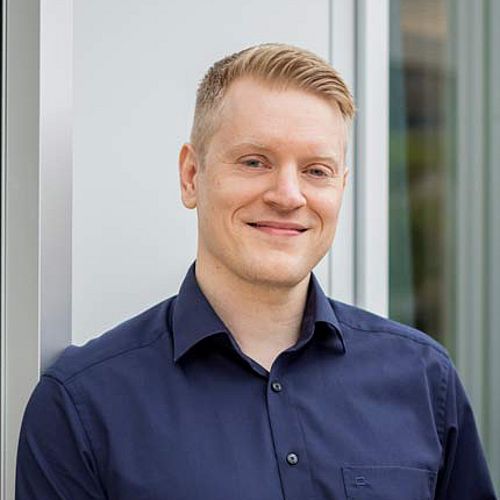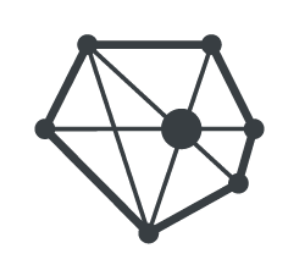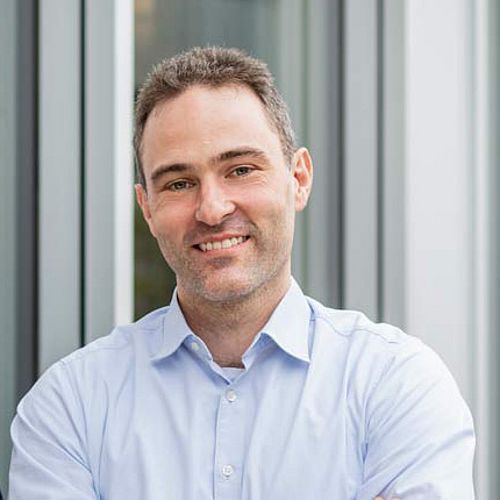Nice
to meet you
As a physicist and a computer scientist who have been supporting the life sciences for years, we’ve worked on multidisciplinary teams on methodologically new and challenging, high-value projects, and that was incredibly stimulating, productive, and satisfying.
We’ve also done our share of rote work, running the same analyses on ever new datasets or trying to make sense of old spreadsheets to make a shaky best guess at some piece of information desperately needed by the researchers we were supporting.
The former kind of experience is what gets people into the life sciences in the first place, we suspect. The latter is not. It’s frustrating for everyone involved, it’s expensive and unproductive, and it’s how errors happen.
The problem lies in the application of an explorative, ad-hoc, distributed, and manual working mode to tasks that aren’t unique and groundbreaking.
At TRI, we believe that researchers should have well-designed, robust, effective tools that solve recurring problems for them quickly and noiselessly.
VAIDR, the visual AI for drug research, takes this idea to imaging and image analysis in in-vitro cell culture and assays. It makes data acquisition and management easy, fast and safe, and it puts AI- based routine image analysis in the hands of researchers. VAIDR automates what can be automated and we improve it continuously to make it even more useful for our customers so they can devote their time and energy, and that of their supporting experts, to projects that really push the boundaries and create value. There are plenty of those around, once the drudgery is out of the way. VAIDR is here. Talk to us about how it can help you.

Executive Partner


Executive Partner
